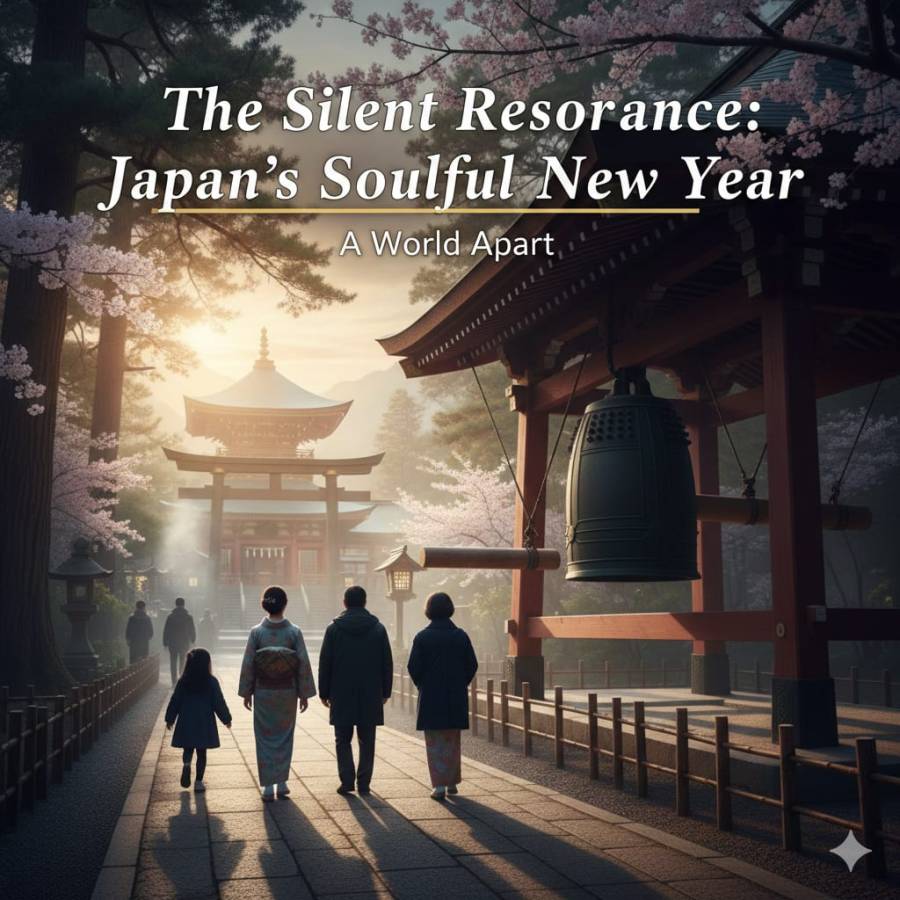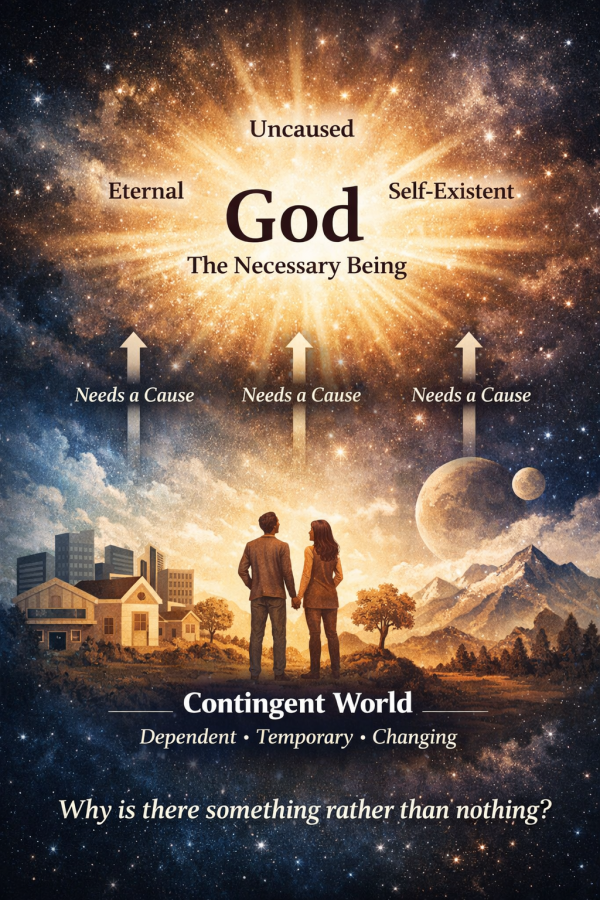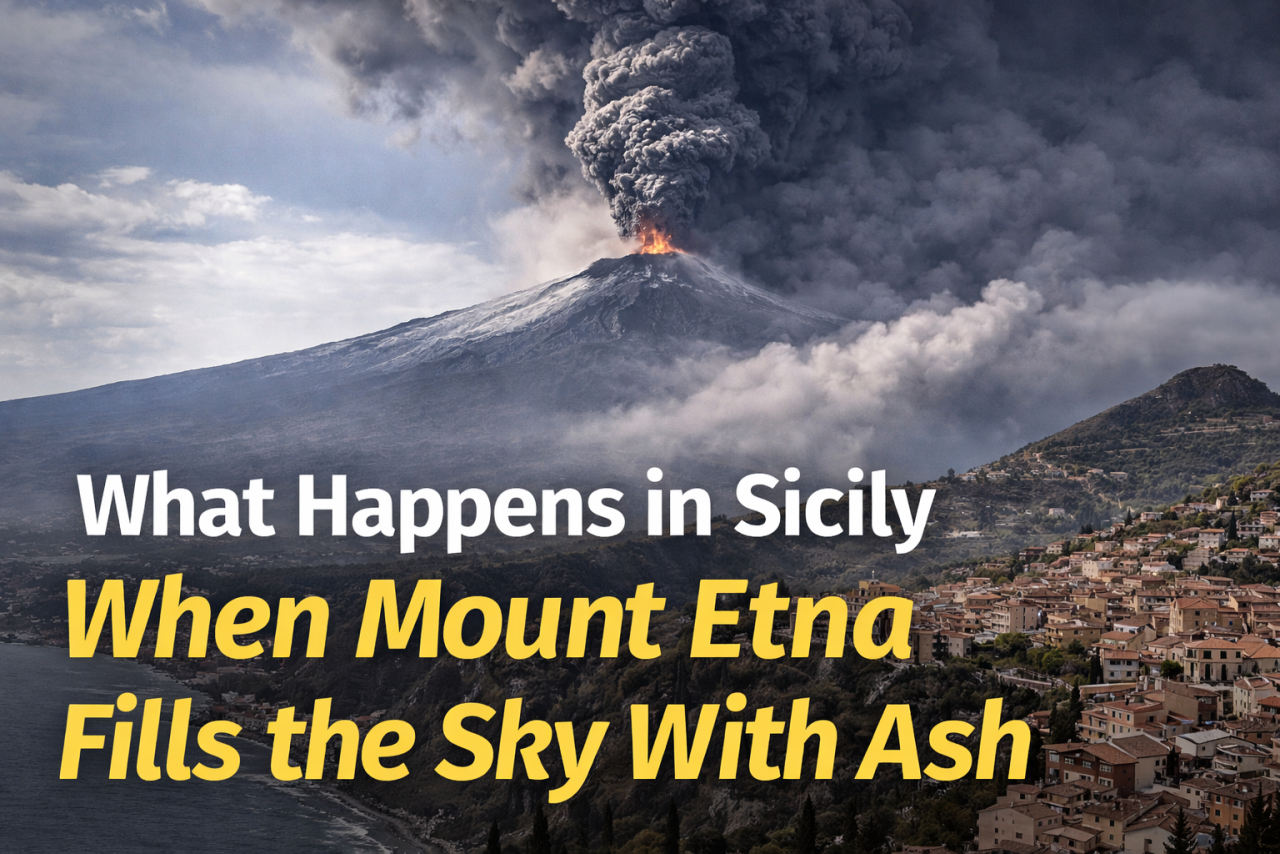
High in the quiet reaches of Nepal’s Langtang Valley, surrounded by snowy peaks and vibrant prayer flags, a unique and somber gathering took place. Scientists, villagers, and monks stood together, not for a study or celebration, but for a funeral. They had come to bid farewell to something both natural and sacred. Nepal’s Yala Glacier, once a great sheet of ice nestled in the Himalayas, was declared "dead" this May. It is the first glacier in Nepal to receive such a solemn recognition.
For many generations, Yala Glacier played a quiet but essential role in the lives of people and animals alike. It fed mountain streams, watered green pastures, and supported entire ecosystems in the highlands. Beyond its physical presence, it held cultural and spiritual value. Its loss is not just about melting ice. It is about the unraveling of a way of life shaped by nature’s rhythm. Now, all that remains is a plaque, written in English, Nepali, and Tibetan, quietly standing where ice once gleamed under the sun.
This ceremony was more than a tribute. It was a call for attention. It was organized by the International Centre for Integrated Mountain Development, a respected institution based in Kathmandu. Communities and experts from Nepal, India, China, and Bhutan took part in the gathering. These people had not come as tourists or outsiders. Many had long histories with this glacier. It was part of their landscape, their livelihood, and their identity.
The idea for the ceremony came from a similar event held in Iceland in 2019, where the world’s first official glacier funeral was held for the Ok Glacier. At the site of Yala, a message originally written by Icelandic author Andri Snaer Magnason was placed on a plaque. It was not a message of blame, but a message of warning for future generations. It reads, “Yala glacier is one of 54,000 glaciers of the Hindu Kush Himalayas, most of which are expected to disappear this century due to global warming.” These words reflect a truth that can no longer be denied. The effects of climate change are visible. They are here. They are happening now.
Another plaque bore the words of Nepali writer Manjushree Thapa. Her message was not only poetic but deeply spiritual. She wrote, “Yala, where the gods dream high in the universe, once mirrored the divine.” Her words expressed grief, but also a recognition of nature’s once-majestic power. Her message reminds us that we are losing more than ice. We are losing a piece of the earth’s memory.
Since the 1970s, the glacier has lost about 80 meters in thickness. For decades, it shrank slowly, largely unnoticed by the rest of the world. But for local people, it was a visible wound. They depended on the glacier’s meltwater for daily life, and they watched it fade. Today, its absence stands as a warning sign of what may come for the remaining glaciers of the Hindu Kush Himalayan region.
The Yala Glacier was not just a symbol. It was a critical scientific resource. For more than ten years, it was monitored carefully. It was one of only seven glaciers studied closely across the entire 3,500-kilometer stretch of the Himalayan Mountain range. In total, 38 glaciers are being used to study the changing climate in this part of the world. Yala provided essential data. Its disappearance leaves both a physical and informational void.
Now, the prayer flags have been taken down. The monks have returned to their monasteries. But Yala’s story is not yet finished. Its memory will live on in research papers, climate conferences, and urgent conversations about the future. Its death is not just about one glacier in one valley. It is part of a larger pattern of loss, one that should concern all of us. Yala’s silence speaks volumes. And we must listen, before more glaciers meet the same fate.





















